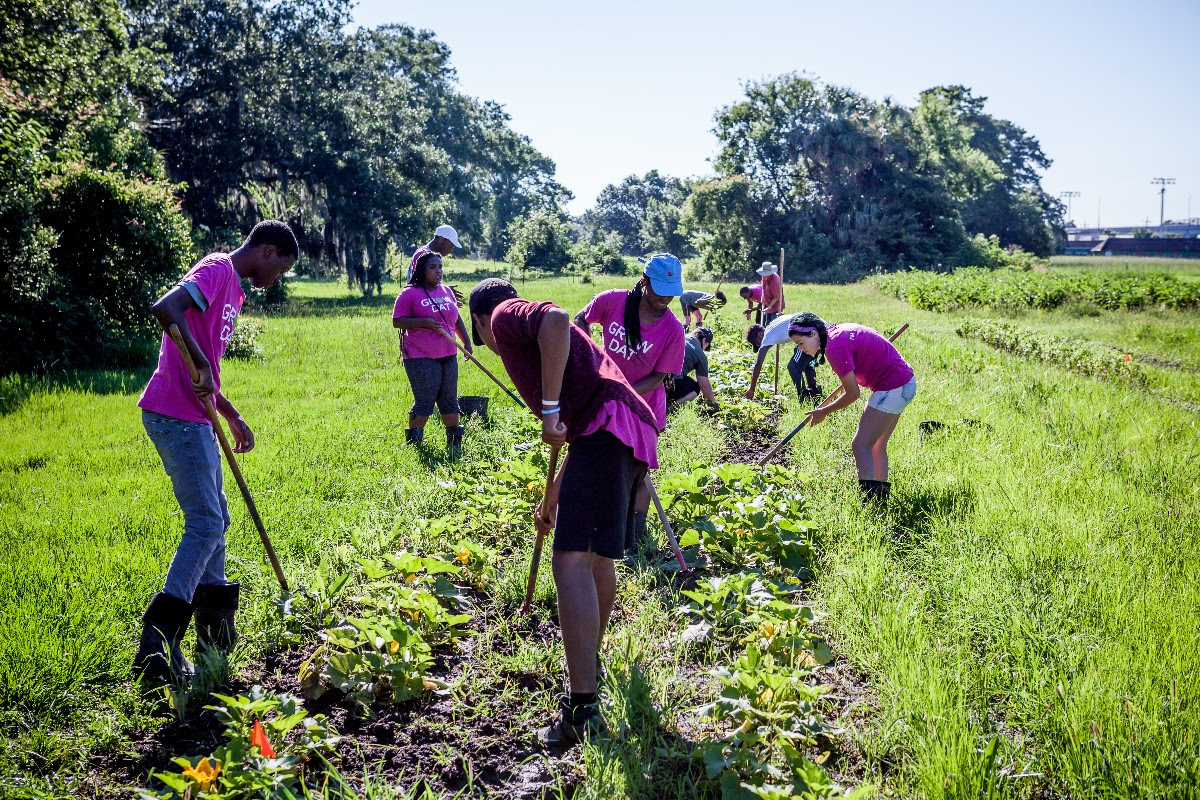If exercise has been a part of your every day life for years, you have reduced the risk of many conditions that often affect old age such as osteoporosis. If you were not able to follow a stringent routine with exercise or other physical activities, you still have time to get into the groove and start exercising for your health. If you have osteoporosis, or if you have a high risk of developing it in future, exercise is the best way to deal with it. Exercise helps to improve balance, coordination, and flexibility, which are important features that increase the quality of life.
Contrary to common belief, exercise will not increase the risk of injuries if the person is already suffering from osteoporosis. Well planned exercise regimens are actually helpful in reducing the risk of fractures and falls in the case of this disease. The National Osteoporosis Foundation recommends weight-bearing exercises, exercises to improve posture, and muscle-strengthening exercises to maintain the strength of bones. One size doesn't fit all and your physician is best equipped to evaluate the risk of fracture, muscle strength, balance, level of physical activity, fitness, and range of motion before deciding on the exercise regimen.
Weight-bearing exercises – Some of the exercises include elliptical training machines, low-impact aerobics, stair-step machines, and walking.
Muscle-strengthening exercises – Some of the exercises aimed at increasing the muscle strength include elastic exercise band, free weights, and weight machines.
To get the most out of an exercise, increase the intensity gradually and try to work out 3-5 times a week. If given the option, it is better to perform exercises in short, intensive bursts.
Some of the exercises that should be avoided by people with osteoporosis include:
- Abdominal sit-ups
- Exercise that increase the risk of falling
- Steps that require sudden, forceful movements
- Exercises with forceful twists
Adults aged 20-65 years of age should do at least 2 1/2 hours of moderate-intensity aerobic activity, such as cycling or fast walking, every week. Weight-bearing exercise and resistance exercise are particularly important for improving bone density and helping to prevent osteoporosis.
Taken from: Preventing Osteoporosis Through Exercise

















